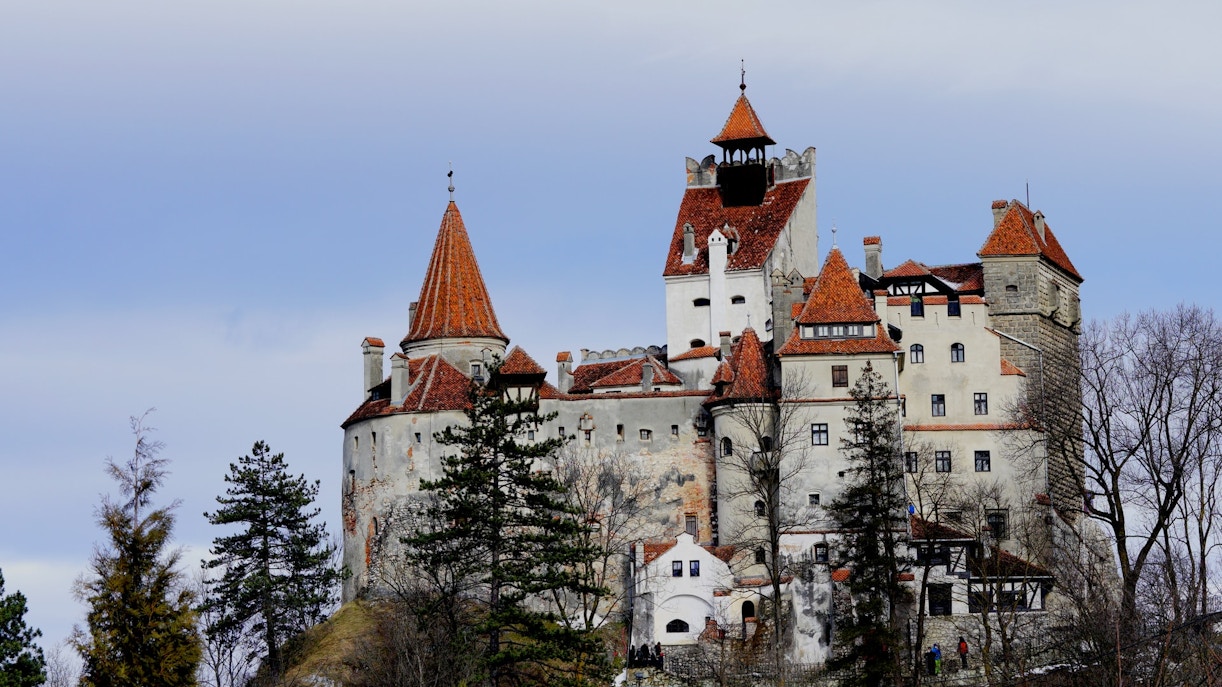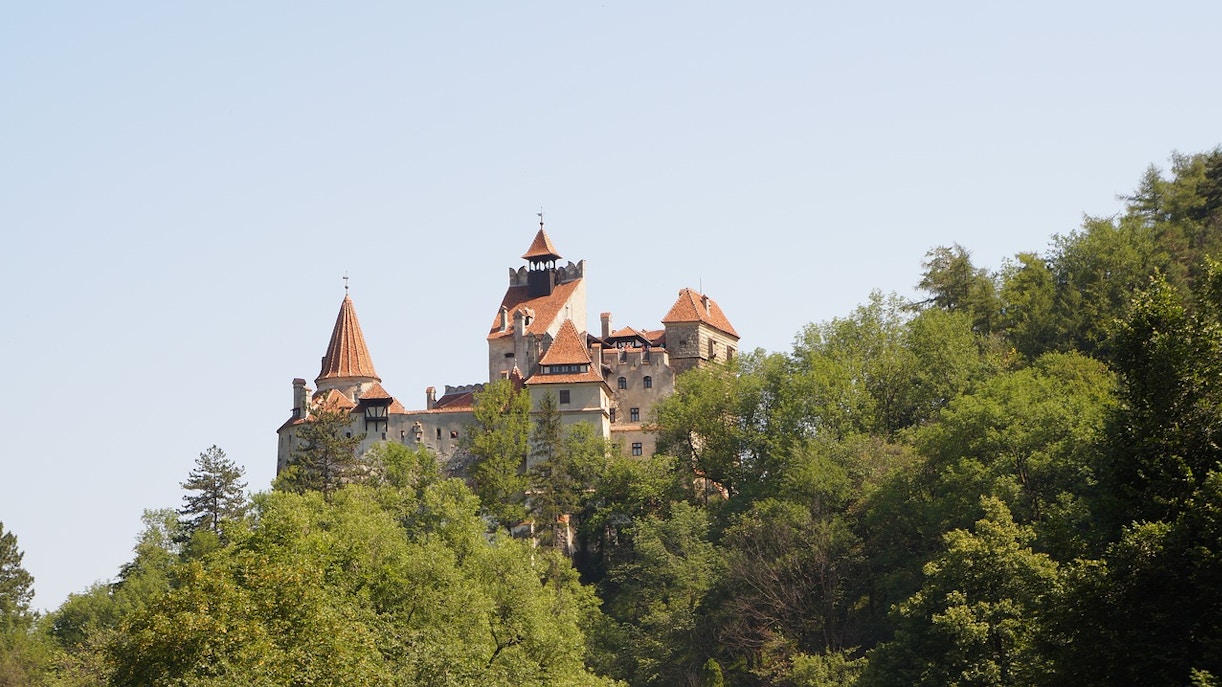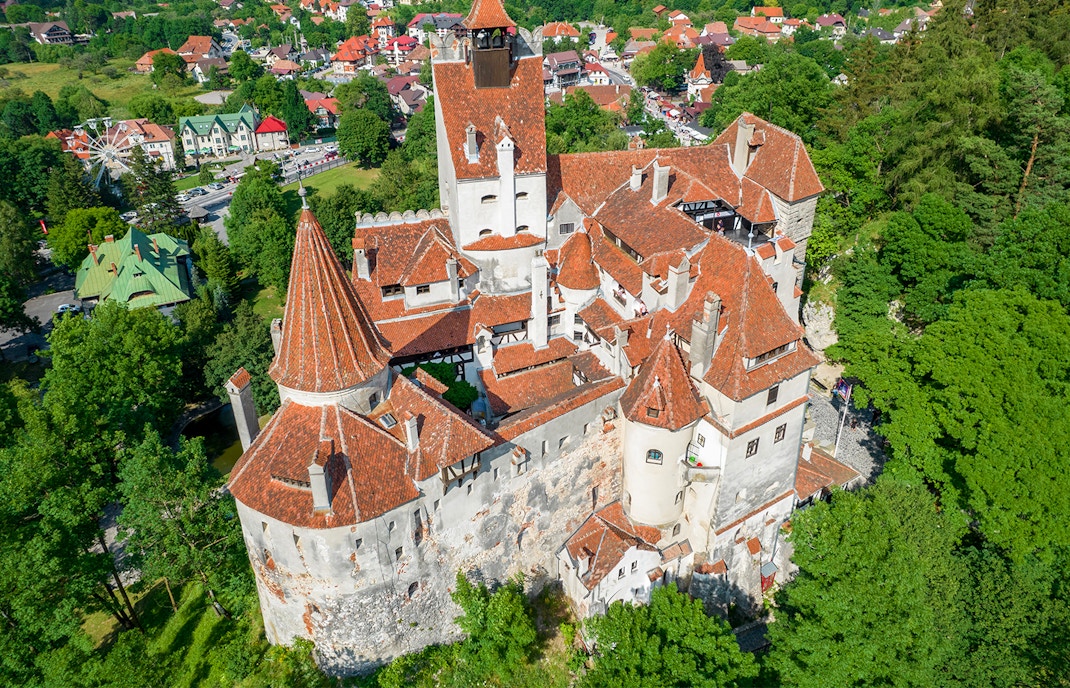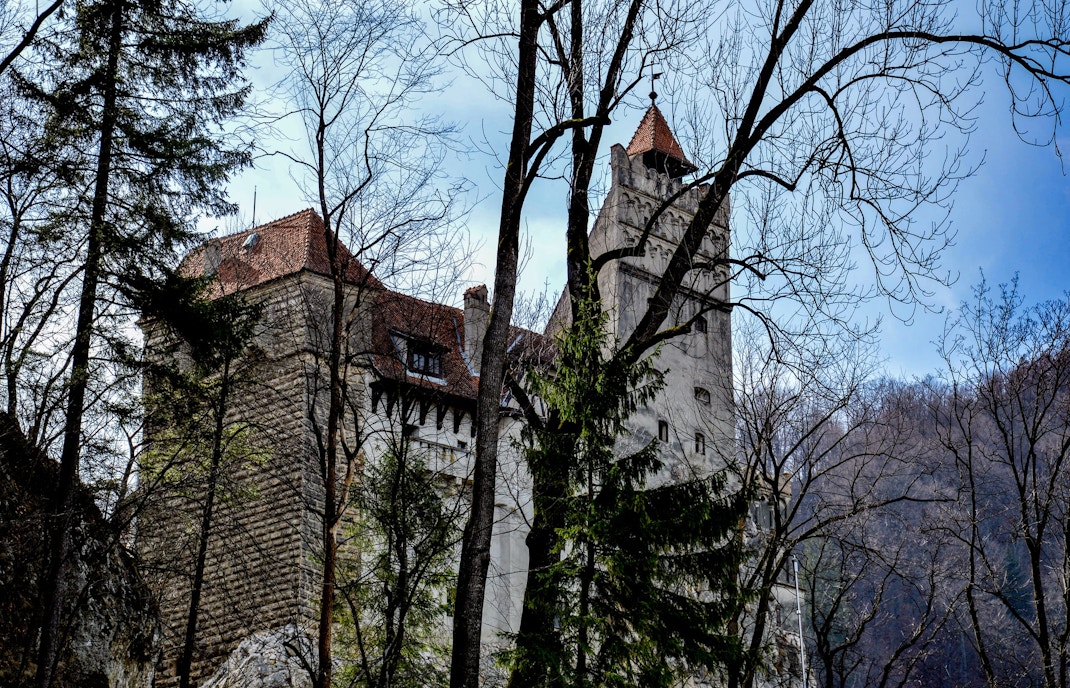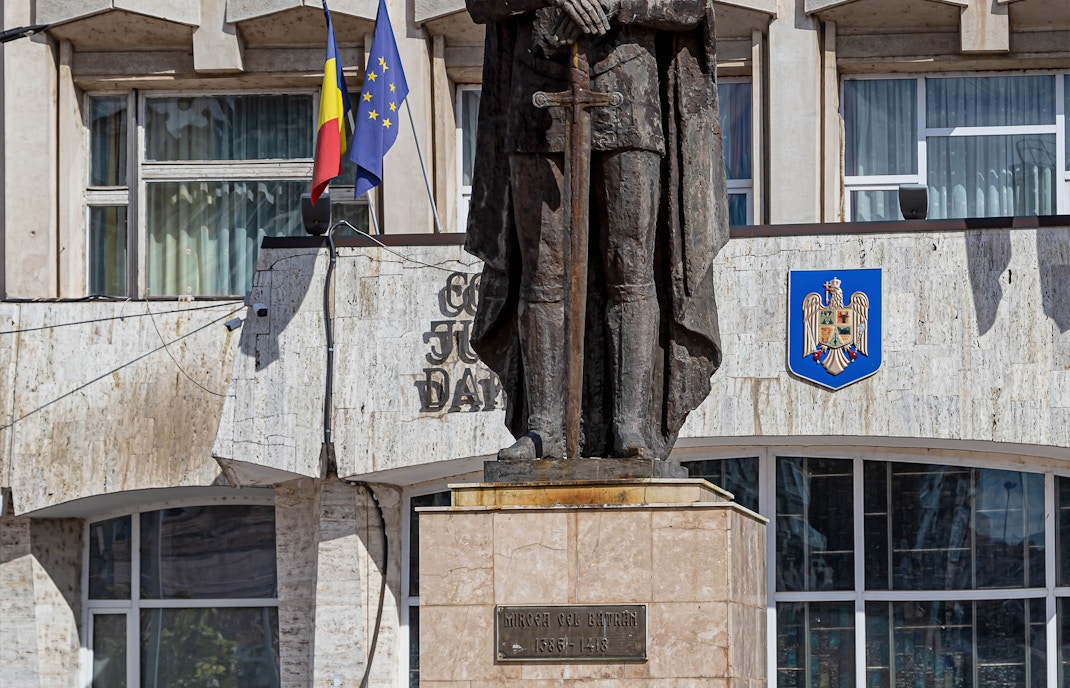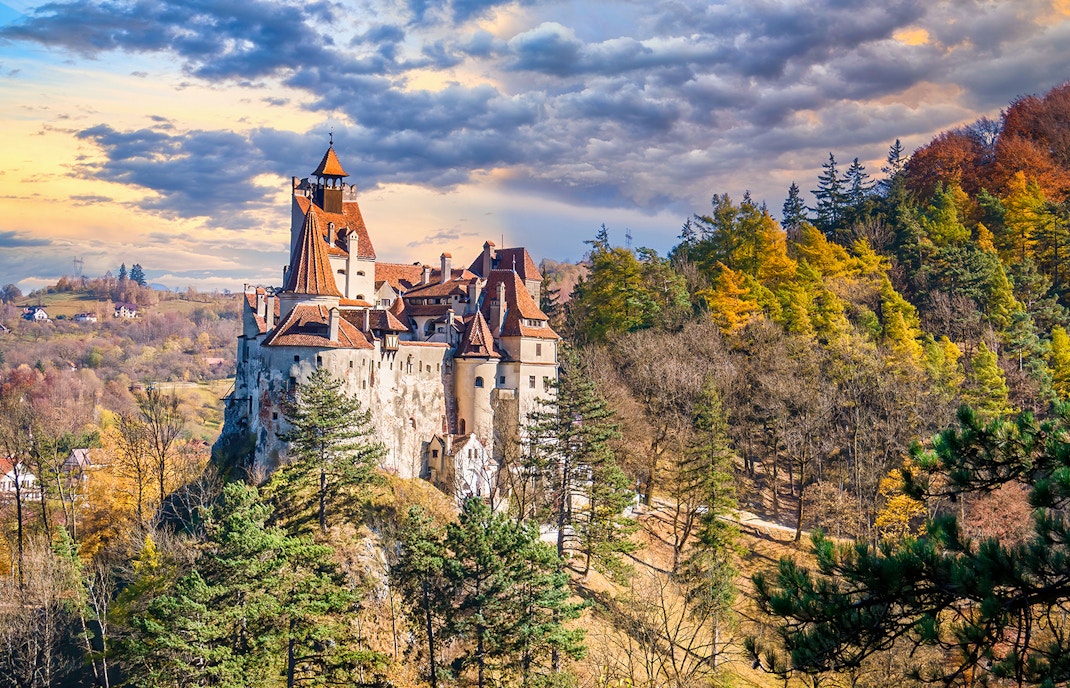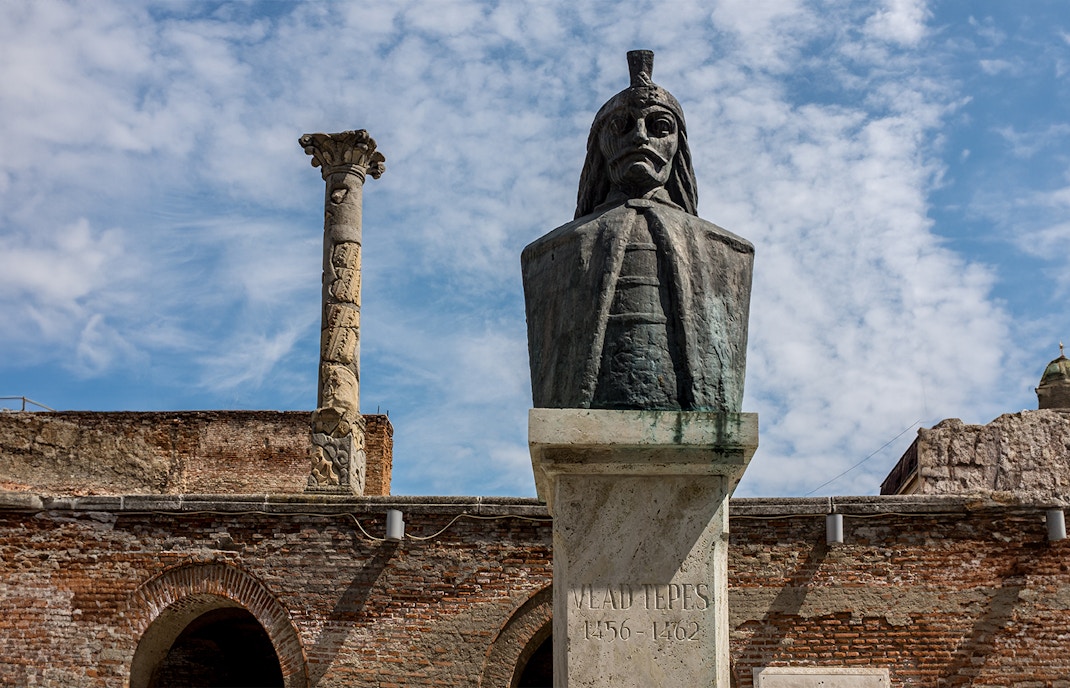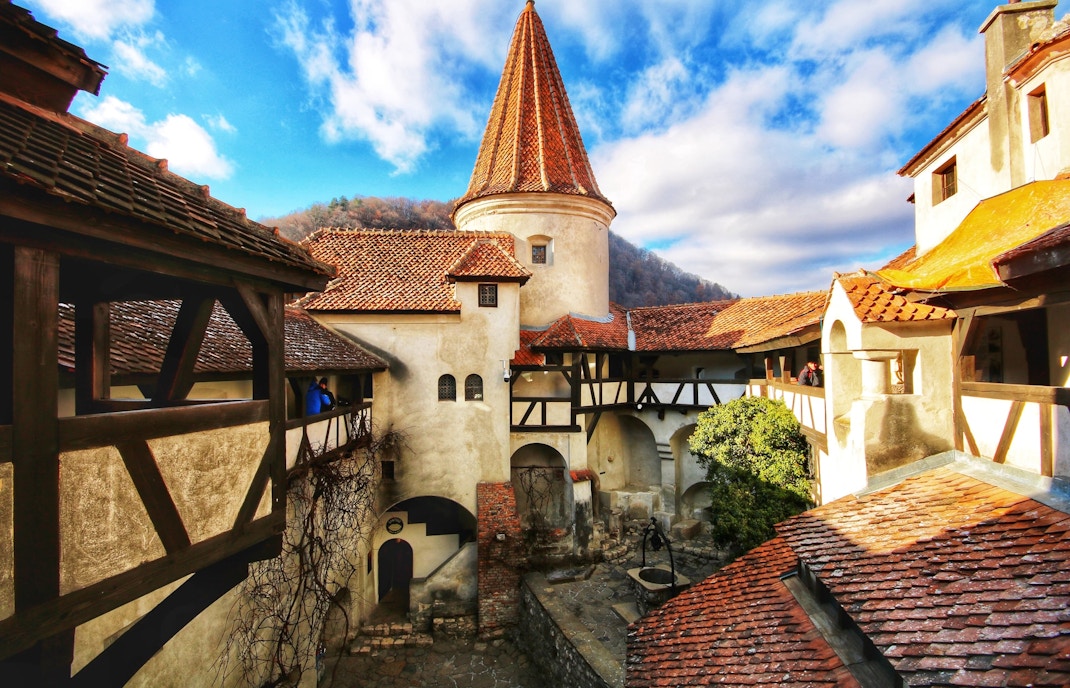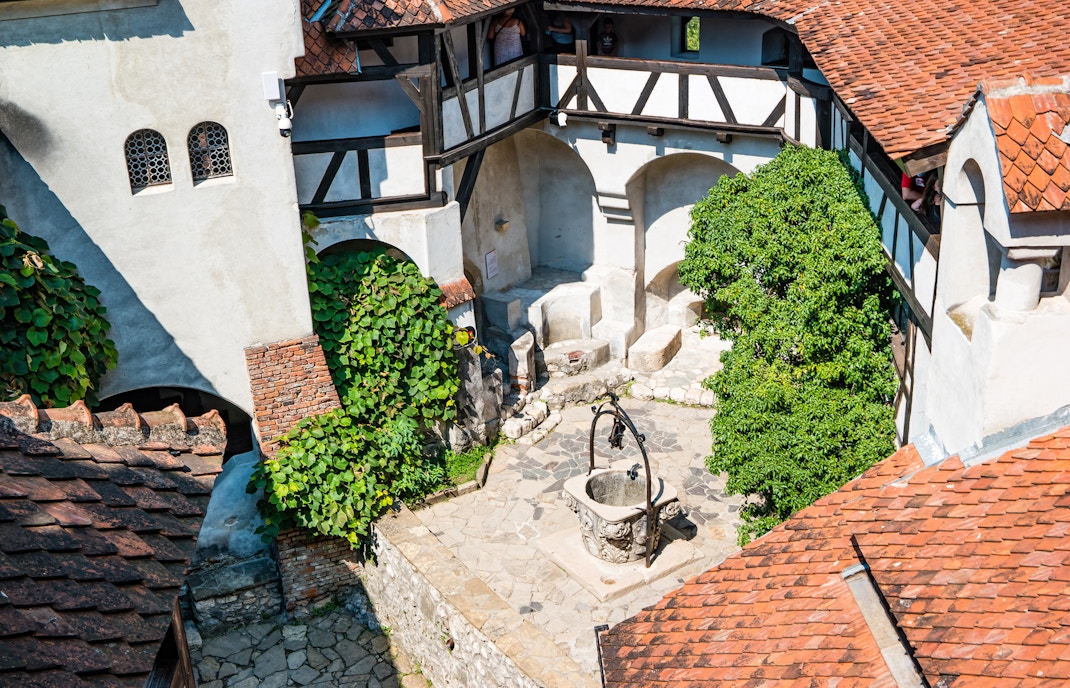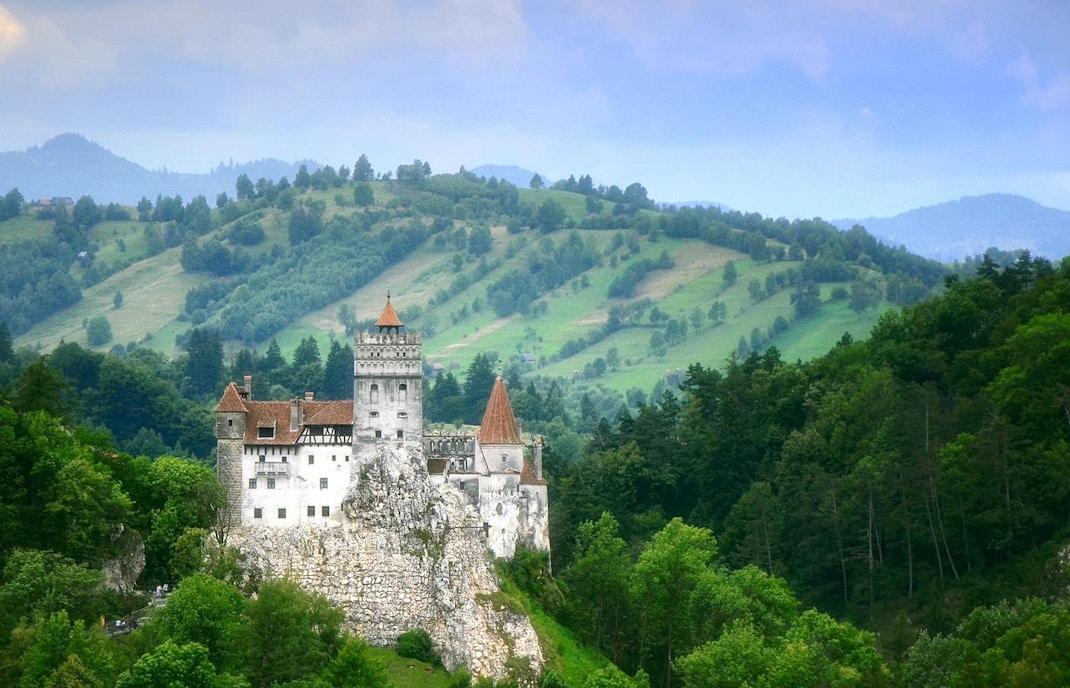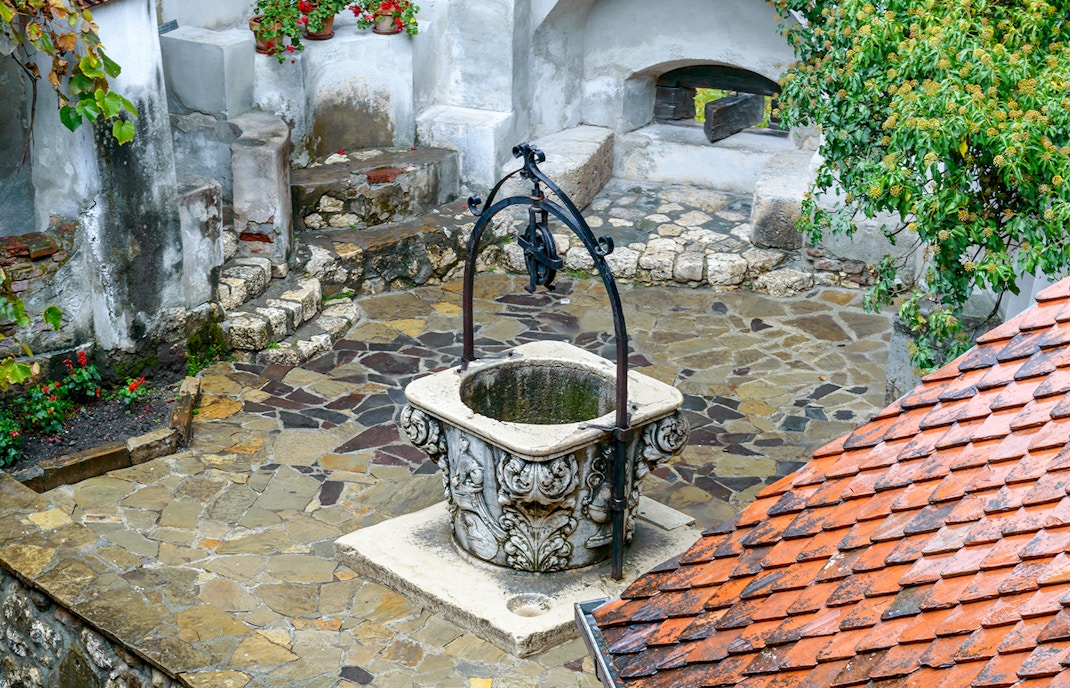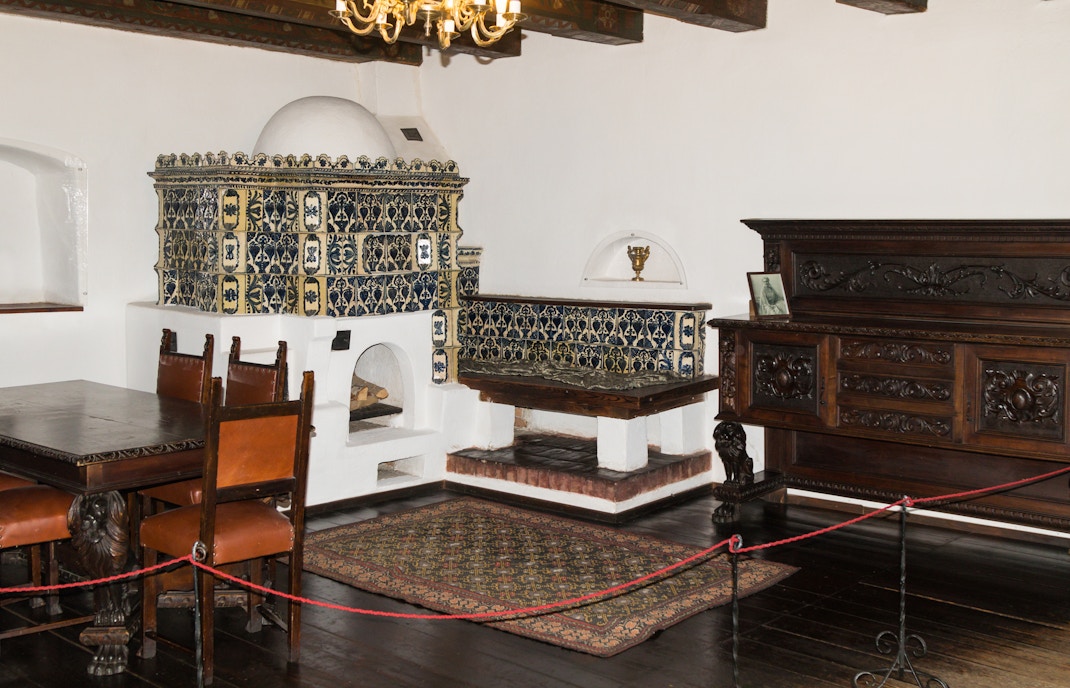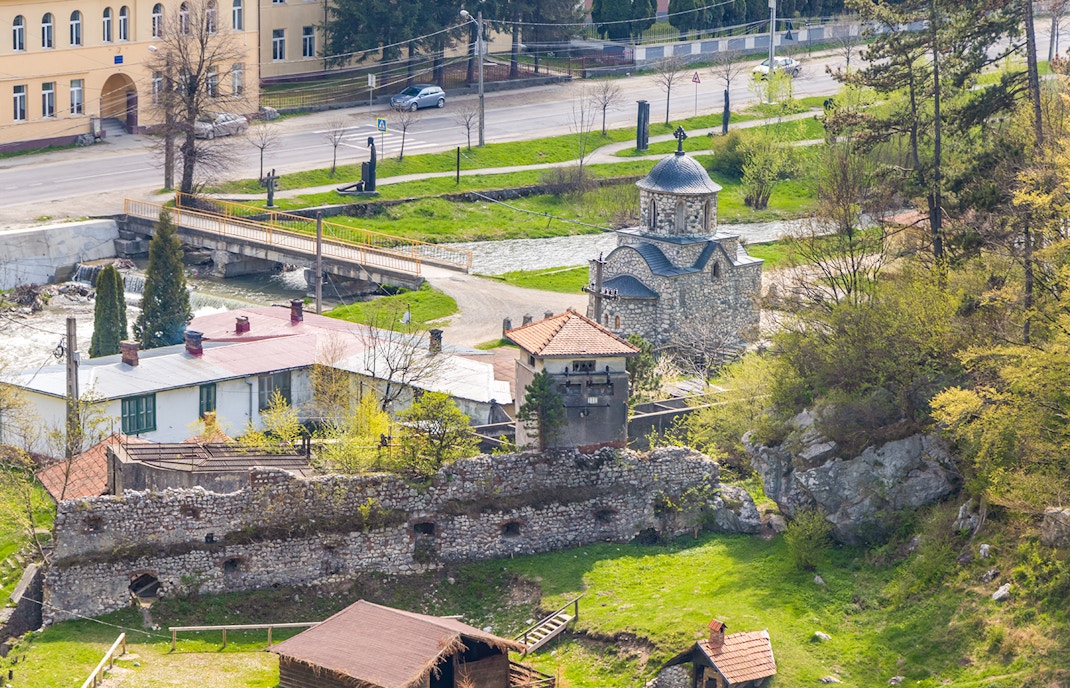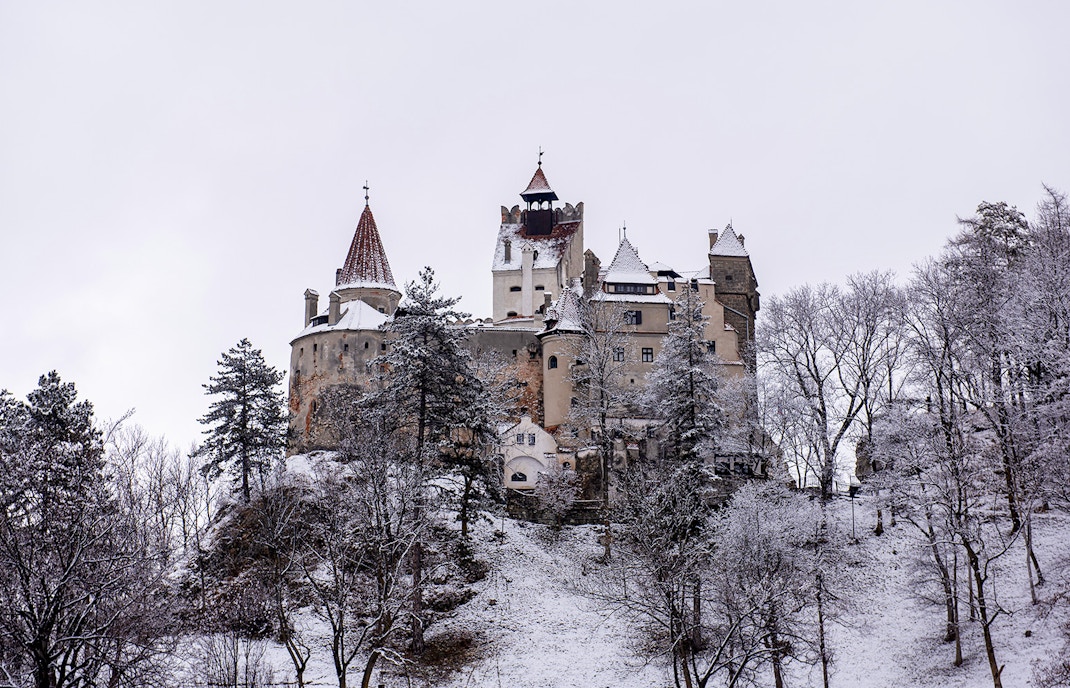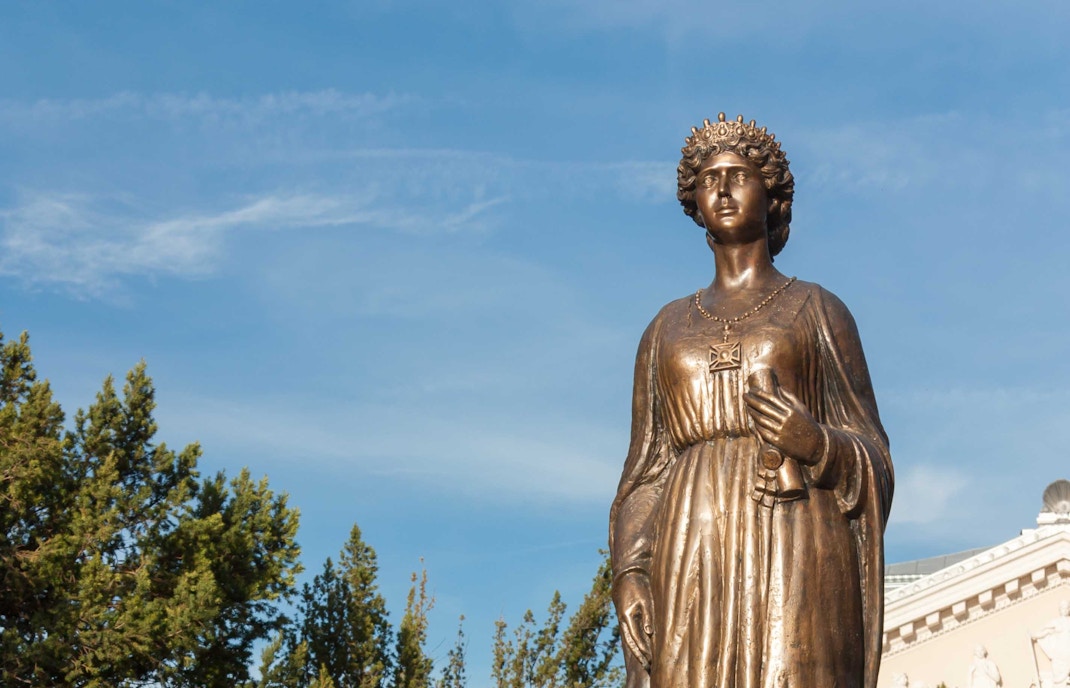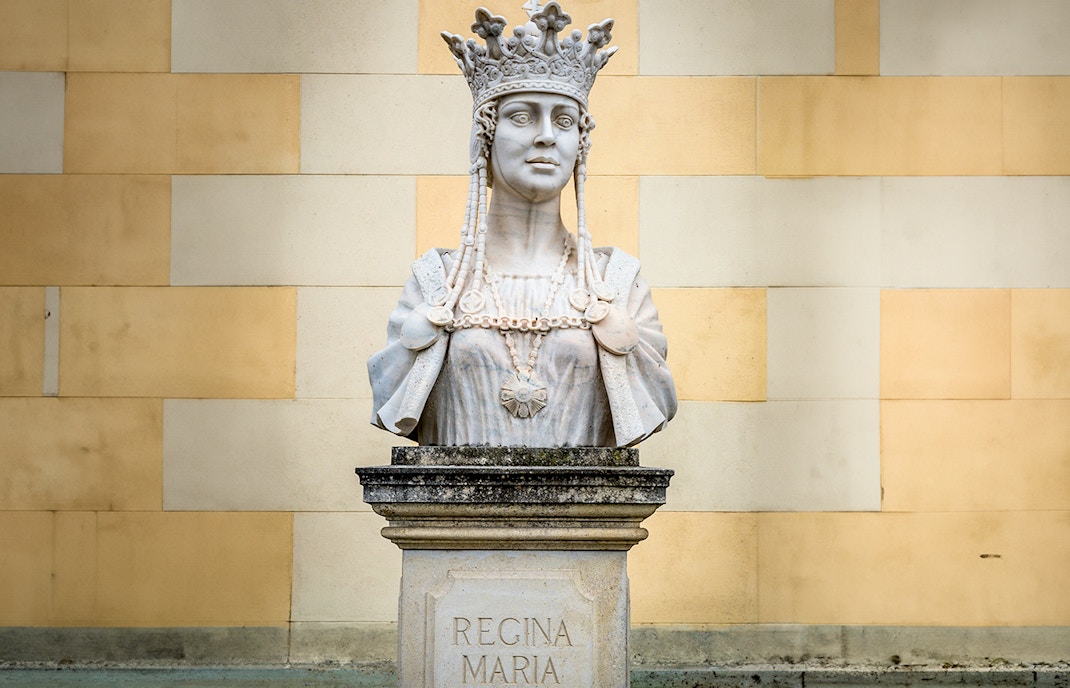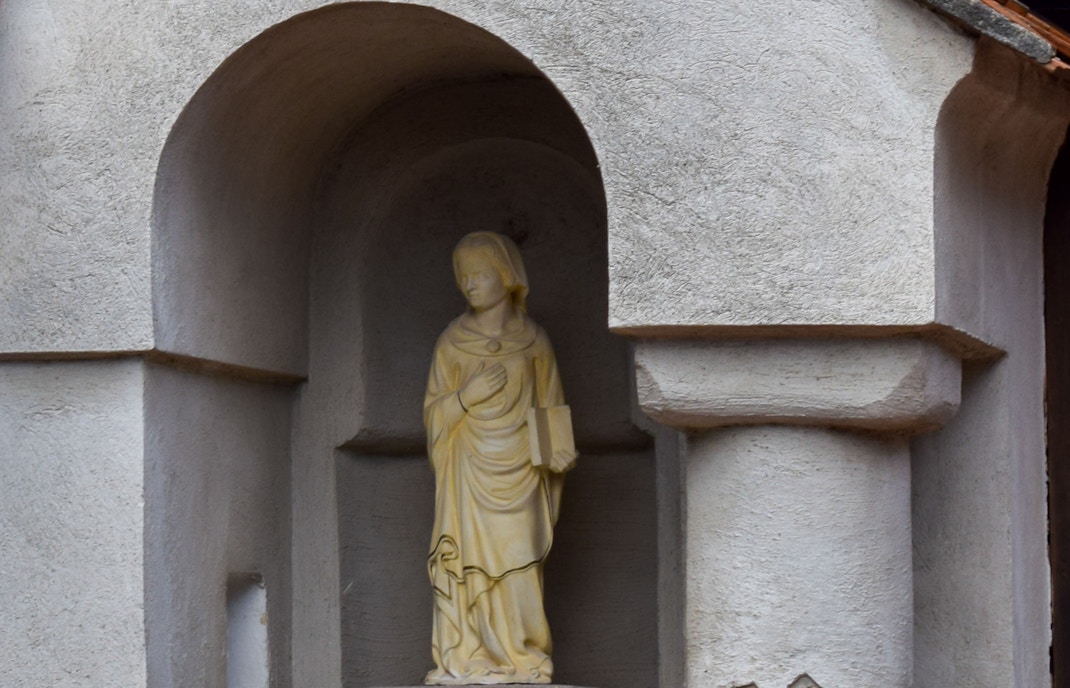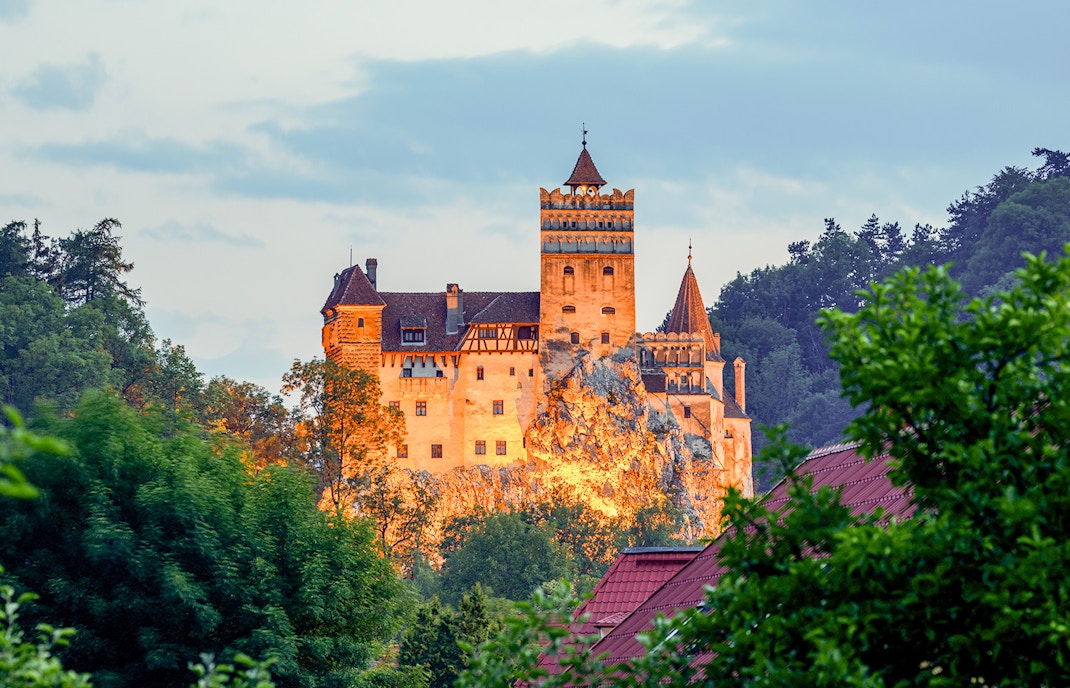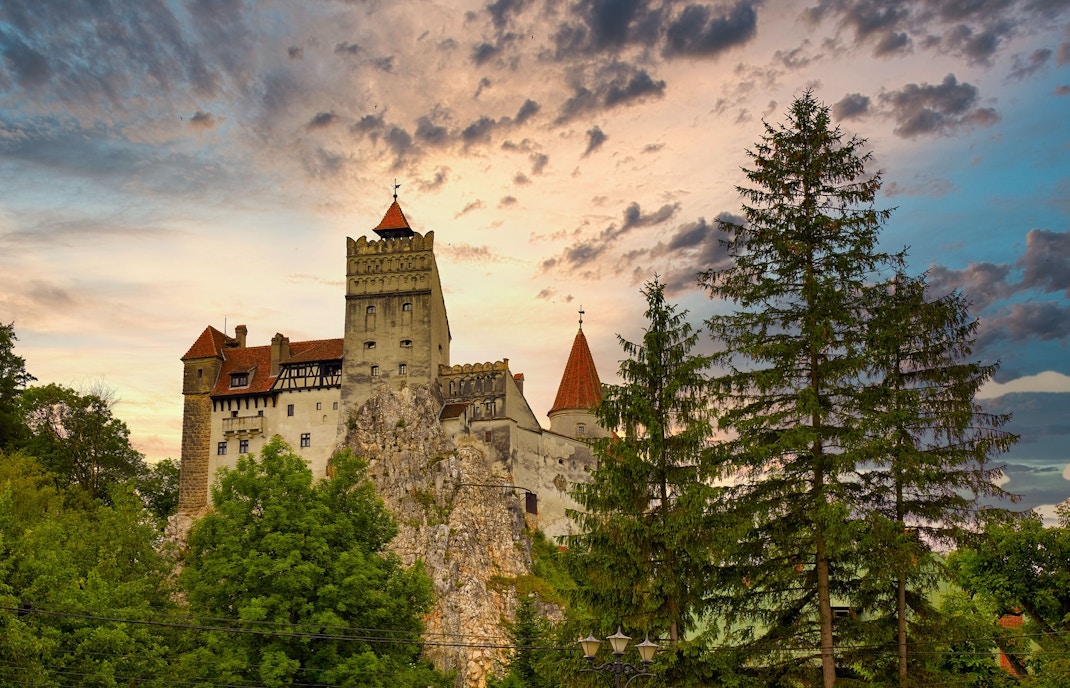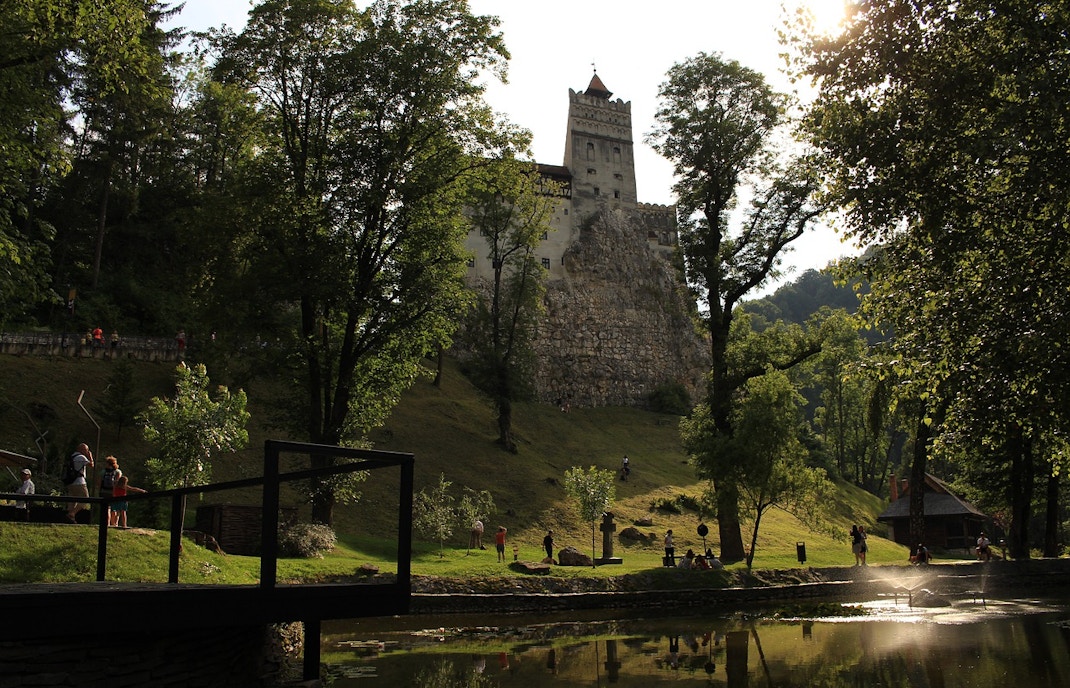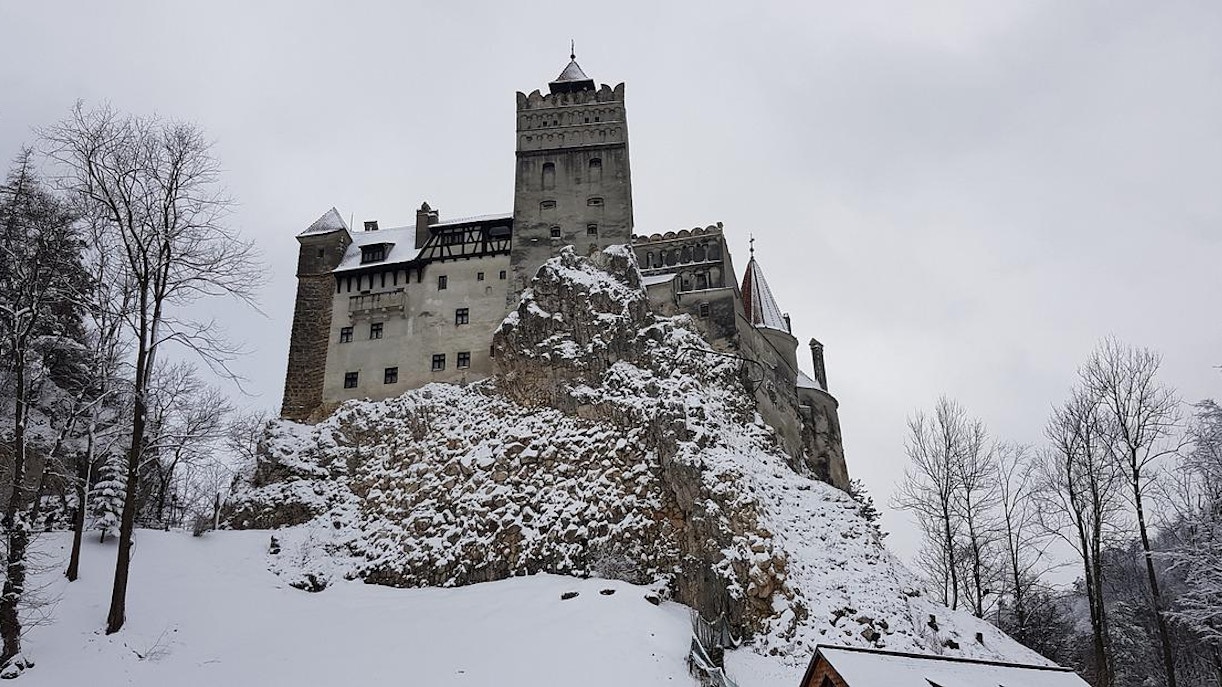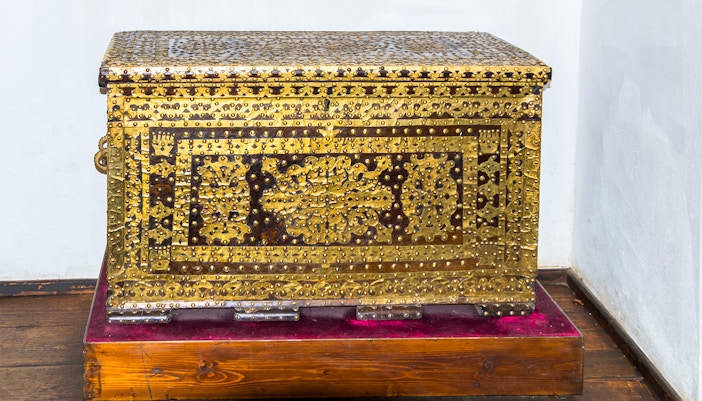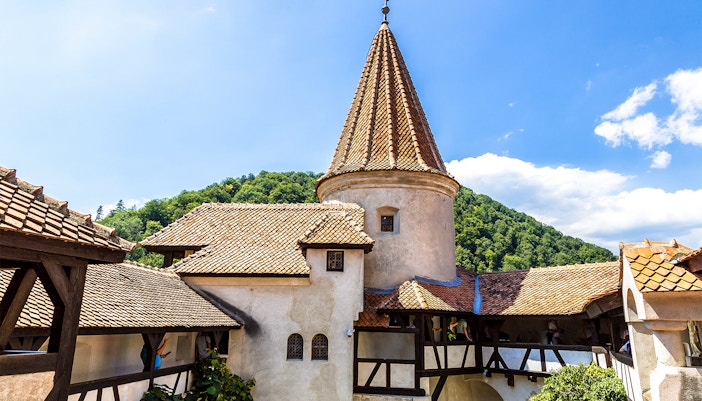Bran Castle is a gothic fortress located on top of a cliff in Transylvania. It is one of the most popular tourist attractions in Romania and is popularly known as the Dracula’s Castle as it is believed to have inspired Bram Stoker’s stories. While Bram never set foot inside this castle, the description in his book ‘Dracula’ resembles Bran Castle quite closely.
Bran Castle’s history dates back to the 14th century when it was built to protect Transylvania. Later, it acted as a customs point for entry into Wallachia. In 1920, Queen Marie received the fortress as a gift, who renovated it and turned it into this gorgeous castle. She loved spending time in this castle so much that she requested her heart to be buried beside it.
